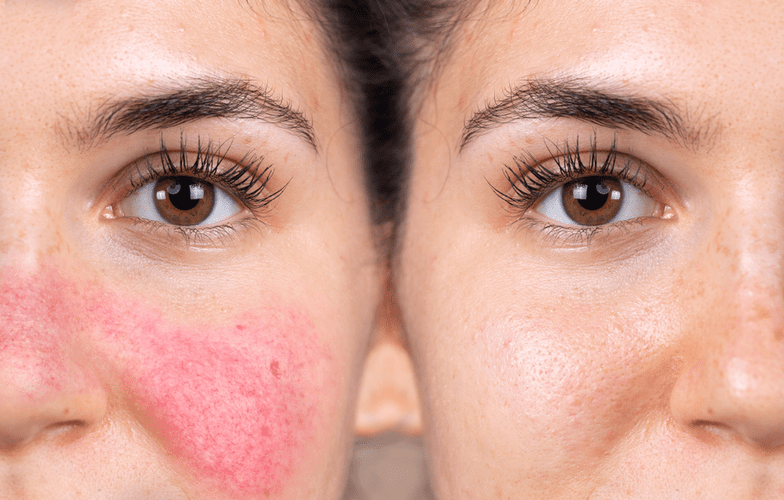Alcohol use disorder Symptoms and causes
Content
Most teens and undercauses of alcoholism young adults who abuse alcohol engage in binge drinking. Without close parental supervision and intervention, if necessary, these habits can lead to developing alcoholism later in the young person’s life.

Electrolyte and acid-base abnormalities including hypokalemia, hypomagnesemia, hyponatremia, hyperuricemia, metabolic acidosis, and respiratory alkalosis are common in people with alcohol use disorders. The risk factors for addiction include both genetics and lifestyle. Dr. Ashish Bhatt explains how the combination of influences and genetics can cause some to develop a substance use disorder earlier in life than others. Alcoholism is a very complex disease, and every case is different. There are dozens of risk factors and causes, any of which can impact a specific individual. Also, no factors are determinative; someone with very few risk factors may have severe alcoholism, and someone else with many risk factors may have no drinking issues.
Signs and symptoms
https://ecosoberhouse.com/ismis a chronic and debilitating disease of the mind and body caused by a physical and psychological dependence on alcohol. Around 14.4 million adult Americans aged 18 and older had analcohol use disorderin 2018, according to theNational Survey on Drug Use and Health.
- Heavy drinkers will begin to drink even more in an attempt to keep withdrawal at bay.
- Alcohol dependence can form quickly and aggressively, or it may surface over a longer period of time.
- Learning to spot these explanations can help a person recognizesymptoms of alcoholism.
- People who begin drinking — especially binge drinking — at an early age are at a higher risk of alcohol use disorder.
- In the DSM-5, alcohol use disorder is further classified into categories of mild, moderate, and severe.
- Alcoholism is not caused by a single gene, but rather a large number of genes that interact with one another.
Nor does the absence of family drinking problems necessarily protect children from developing these problems. Ondansetron and topiramate are supported by tentative evidence in people with certain genetic patterns. Evidence for ondansetron is stronger in people who have recently started to abuse alcohol. Topiramate is a derivative of the naturally occurring sugar monosaccharide D-fructose. Review articles characterize topiramate as showing “encouraging”, “promising”, “efficacious”, and “insufficient” results in the treatment of alcohol use disorders. It helps distinguish a diagnosis of alcohol dependence from one of heavy alcohol use. The Alcohol Use Disorders Identification Test , a screening questionnaire developed by the World Health Organization, is unique in that it has been validated in six countries and is used internationally.
Signs and Symptoms of Alcohol Abuse
In fact, there are dozens of risk factors that play a role in the development of an alcohol addiction. These risk factors interact differently in every individual, leading to alcohol use disorders in some and not in others. While there is no single factor that can ultimately determine your risk for developing a substance abuse concern, there are certain things that may put you at increased risk for developing a drinking problem. Alcohol addiction has been linked to many causes, including genetic factors, environmental influences, and untreated mental illness. While there is a distinction between alcohol abuse and alcoholism, there is no question that both conditions can take a toll on a person should the problem progress. With regards to alcoholism, a person experiences similar adverse effects on his or her life due to their addiction.
Internal factors include genetics, psychological conditions, personality, personal choice, and drinking history. External factors include family, environment, religion, social and cultural norms, age, education, and job status. For example, disordered drinking is excessive and often costly, and is commonly referred to as binge drinking. While this may not always meet the clinical criteria to be considered alcohol dependence, these patterns of behavior still pose a significant risk factor to one’s physical or mental health. Having schizophrenia, post-traumatic stress disorder or bipolar disorder can be frustrating and difficult. People with mental health disorders tend to drink to mitigate their symptoms and feel better.
Alcohol use disorder
Current evidence indicates that in both men and women, alcoholism is 50–60% genetically determined, leaving 40–50% for environmental influences. Most alcoholics develop alcoholism during adolescence or young adulthood. As with similar substances with a sedative-hypnotic mechanism, such as barbiturates and benzodiazepines, withdrawal from alcohol dependence can be fatal if it is not properly managed. Alcohol’s primary effect is the increase in stimulation of the GABAA receptor, promoting central nervous system depression. With repeated heavy consumption of alcohol, these receptors are desensitized and reduced in number, resulting in tolerance and physical dependence. When alcohol consumption is stopped too abruptly, the person’s nervous system experiences uncontrolled synapse firing. This can result in symptoms that include anxiety, life-threatening seizures, delirium tremens, hallucinations, shakes and possible heart failure.
Hypokalemia-Induced Cardiac Arrest Article – Cureus
Hypokalemia-Induced Cardiac Arrest Article.
Posted: Thu, 16 Feb 2023 01:35:29 GMT [source]
In the United States, 80% of college graduates regularly consume alcohol, compared to just 52% of those individuals who have not attended college. Furthermore, college grads who regularly drink are 61% more likely to have consumed alcohol within the previous 24 hours than those who have not attended college or graduated. We’ve already mentioned the effect thatpost-traumatic stress disordercan have on someone’s drinking. However, it is impossible to overemphasizethe influence that childhood or even later traumacan have on an individual’s substance use. Your treatment setting will depend on your stage of recovery and the severity of your illness. You may need inpatient medical , residential rehabilitation , outpatient intensive therapy or outpatient maintenance. It’s estimated that one in every eight American adults struggles with an alcohol problem, and nearly one in four Americans under the age of 30 has alcohol addiction.


